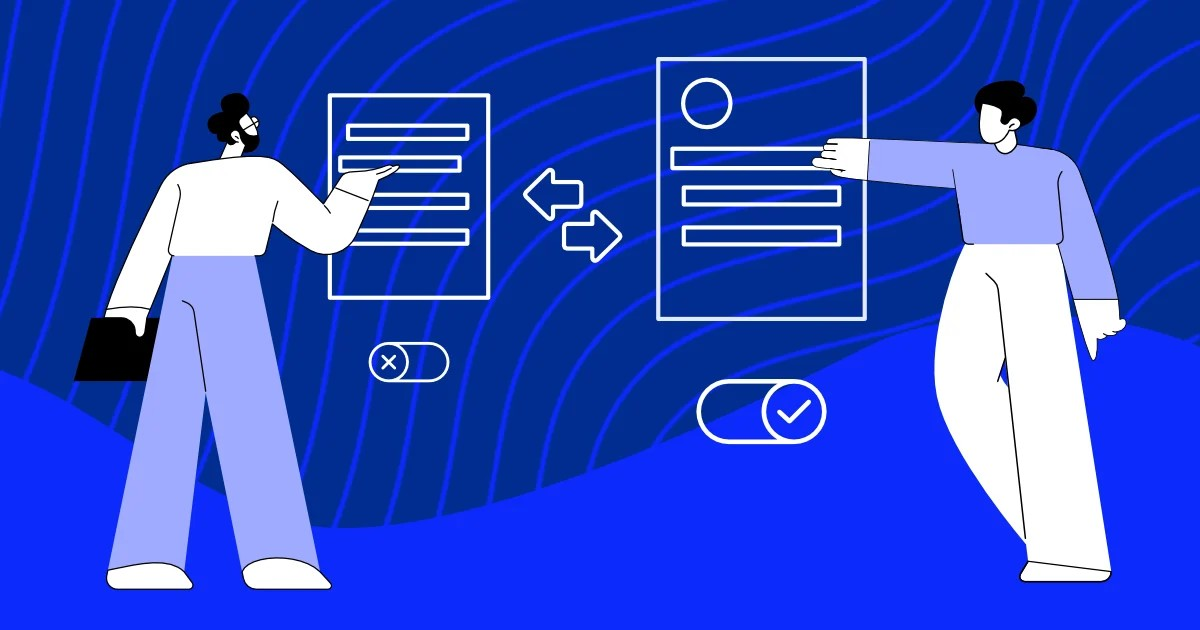Make equitable hiring decisions with structured interviews
6 min read
| Published on
Executive summary
Hiring the most qualified candidates for open roles can be challenging because there are so many opportunities for bias to creep into the process. To prevent these biases from factoring into decision-making, Catalyst recommends using a modified structured interview method as part of hiring procedures. Inclusive organizations embed equity throughout an employee’s journey, from before the hiring process even begins, through hiring, career progression, and retention. Recognizing that one-on-one structured interviews—an organizational best practice—take time, hiring teams may use additional interview formats. The following recommendations on how to prepare for, and conduct, structured interviews also may assist in reducing bias during other processes.